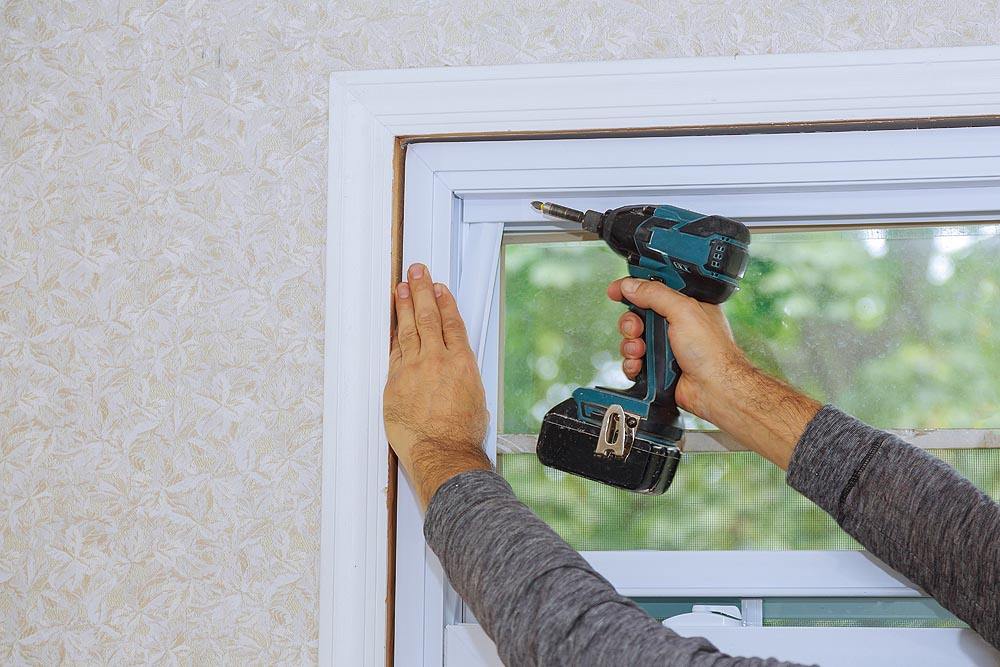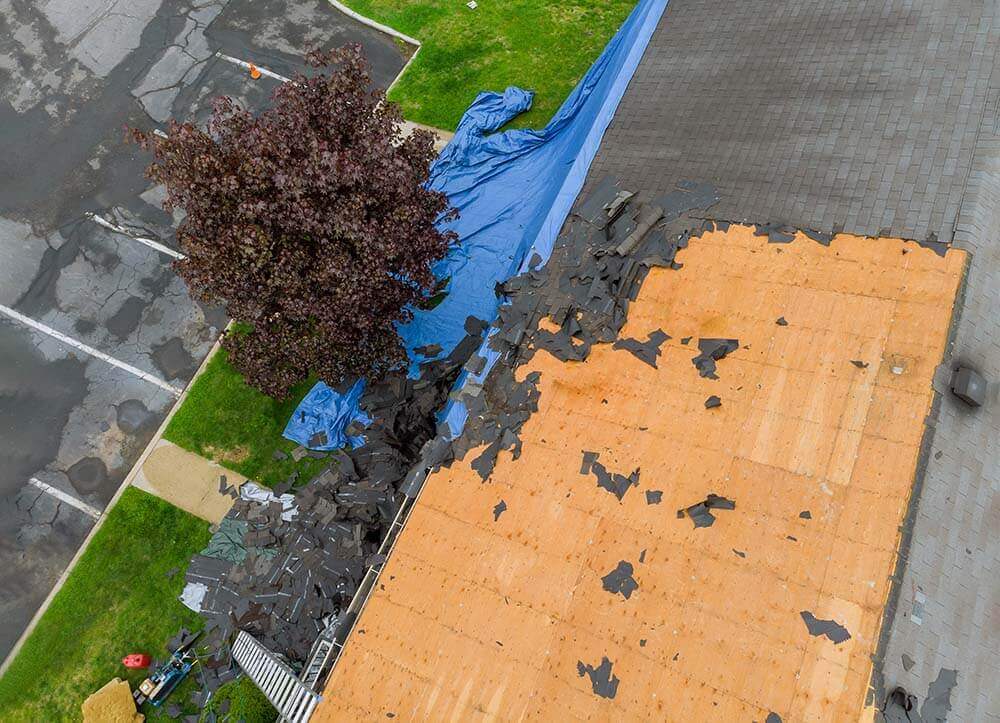When you think about it, your roof really does endure harsh conditions from the elements — wind-driven rain, snow, ice dams, debris buildup, UV rays, impacts from hail and felled limbs and more. Further, conditions in your attic can contribute to roofing wear and tear, such as mold development, inadequate ventilation and even a clogged gutter.
So, as cooler weather settles into the Andover area, show your support for your residential roof this winter season with these TLC solutions and tips!
Inspect Roof, Gutters and Attic
There’s much more to your roofing system than the shingles or tiles you see from the ground. A comprehensive roofing inspection involves poking around your attic and inspecting your gutters and downspouts, in addition to inspecting your roof.
- Attic: A well-ventilated, insulated and sealed attic is what you’re aiming for. Poor ventilation contributes to moisture pockets and mold growth. Along with poor attic airflow, inadequate insulation and air leaks contribute to winter season ice dams on your roof.
- Gutters: Clogged gutters allow water to back up and seep its way into your roofing system. Make sure downspouts direct water at least six feet away from the walls (i.e., foundation) of your home.
- Roof: Damaged or missing shingles and tiles should be replaced or repaired. Impacts from hail or other objects should be inspected by your roofing contractor. If you have overhanging limbs at risk of falling on your roof, contact a tree trimmer to remove them.
Clean Your Roof and Gutters
A clean roofing system, including your gutters, will last longer, do its job more efficiently and potentially save you money with fewer repairs. So, each fall season or before the first significant snow and/or ice storm, clean your roof and gutters of debris, moss and algae by soft washing — no power washers or sprayers.
Cleaning your roof and gutters is a good time for the inspection. It’s advisable to call a professional roofing company for the inspection and cleaning. Walking on a roof is very dangerous.
Your roofing pro should take pictures of damage and problem areas, and clearly explain your best options, whether maintenance, repair or replacement.
Guard Against Ice Dams
Guard against ice dams, which is the result of snow and ice melting and re-freezing on your roof at the eaves and gutters.
- Ventilation: Mechanical ventilation guarantees that your attic and roofing system receive adequate air exchange, and equalize attic temperature with outdoor temperature.
- Sealing: Look for leaks in your attic around lighting, pipes, cables and other protrusions. Air leaks may be sealed with a can of spray-foam sealant, weatherstripping and/or caulk. Don’t forget to tightly seal the attic hatch!
- Insulation: Energy Star recommends that attics in our region be insulated up to R-60. That’s approximately 15 to 19 inches of standard fiberglass insulation rolls. Other excellent insulation options include cellulose, natural fibers and spray foam.
If you have questions about preventive maintenance for your residential roof, or to schedule an appointment, contact the roofing experts at Welter Construction today!










